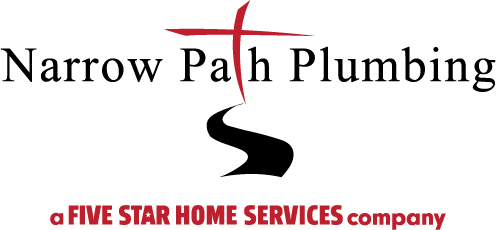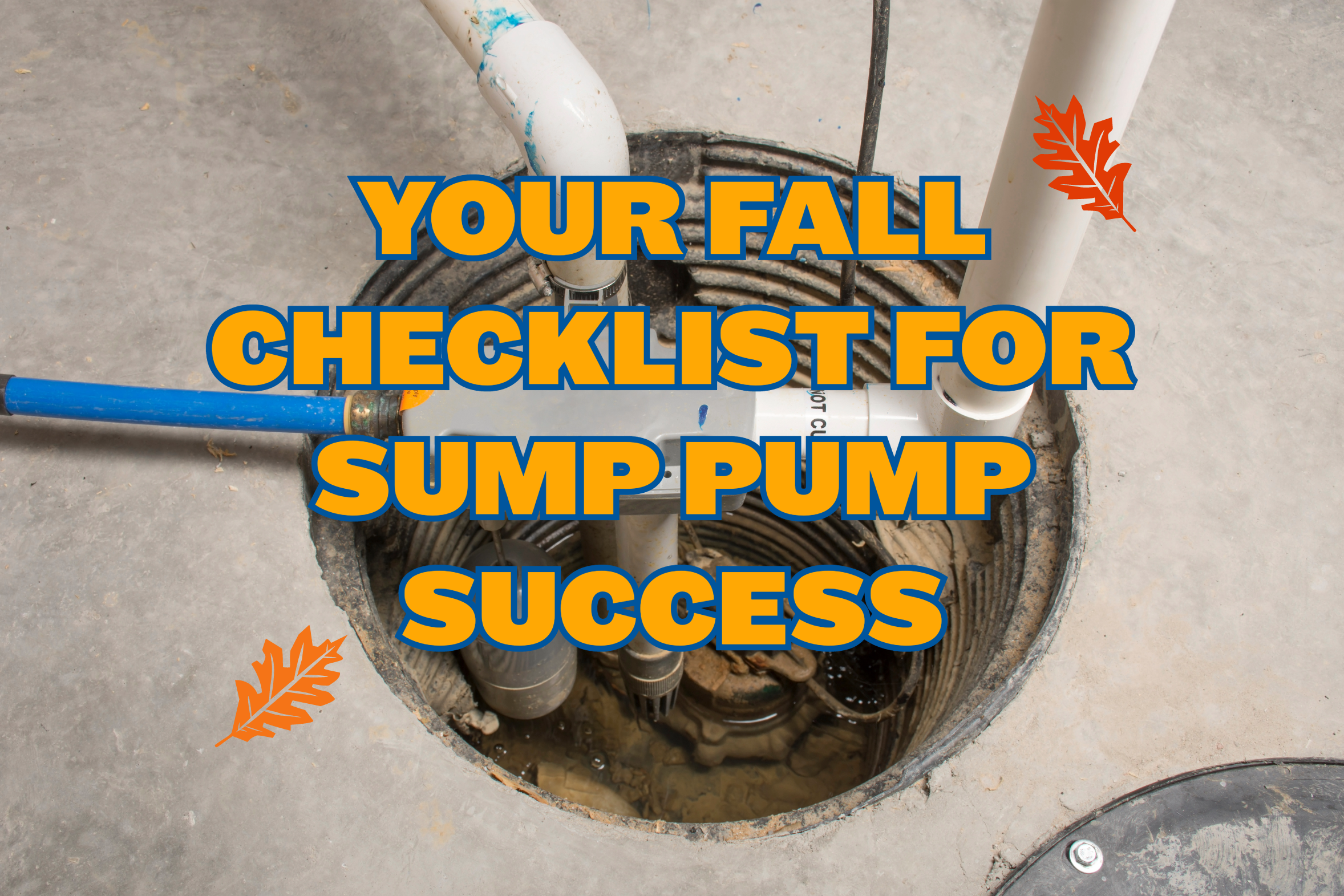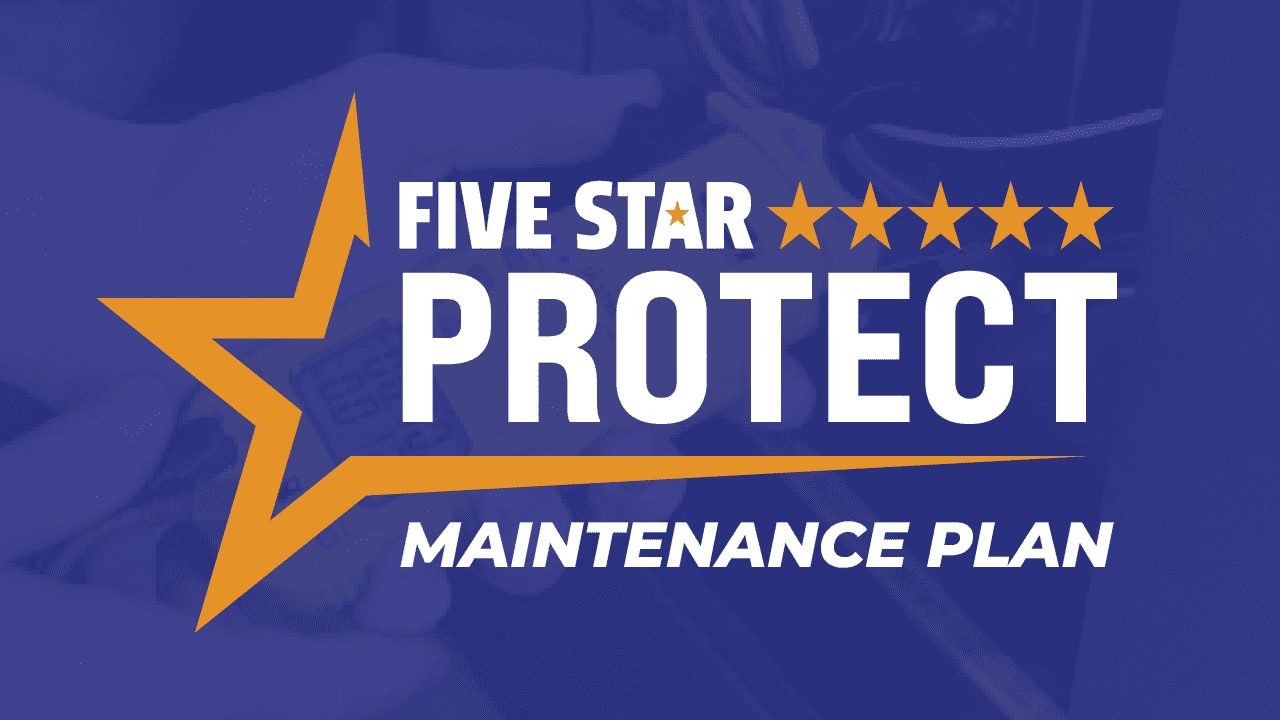Sump pumps play a critical role throughout the year, but their significance becomes even more pronounced during the fall and winter seasons, particularly in regions characterized by harsh cold and snowfall. So, for us Ohio residents, we understand that maintaining our sump pumps is an absolute necessity. As your local plumbing experts, we are dedicated to helping you maintain optimal sump pump performance during the upcoming colder months. As we all know, plumbing issues during the coldest season are far from enjoyable. So, here’s a quick checklist from your knowledgeable experts at Narrow Path Plumbing to aid you in your sump pump maintenance.
Your Fall Sump Pump Maintenance Checklist:
Step 1: Start by removing the lid of the sump pump pit. Initiate the maintenance process by delicately removing the cover from the sump pump pit or basin. Upon lid removal, carefully inspect the interior. Should you discover any debris, particles, or rocks, it is crucial to remove them gently. These foreign objects have the potential to obstruct the sump pump, leading to potential overflow issues, an outcome you should aim to avoid.
Step 2: Next, inspect the drain hose. Thoroughly examine the drain hose to ensure it is securely connected and devoid of any obstructions or ice buildup, especially during the winter season. A blocked or frozen drain hose not only causes continuous operation of your sump pump but also impedes the proper discharge of water from the pit. Therefore, periodic checks of the drain hose throughout the year are highly advisable as well.
Step 3: Don’t skip over examining the inlet screen. The inlet screen is also a pivotal component on our checklist, as it facilitates the entry of water into the sump pump’s pit. Consequently, a blocked inlet screen can hinder water access, potentially resulting in a flooded basement. Regularly inspecting and cleaning the inlet screen mitigates the risk of basement flooding and ensures the smooth operation of your sump pump.
Step 4: Check to see if the float mechanism is operating smoothly. You also should verify that the float mechanism in your sump pump is functioning optimally. This crucial piece determines when the pump activates to remove excess water. Therefore, confirming that the float component can move freely without any obstructions is an essential step that should not be overlooked. A malfunctioning float can result in the pump failing to respond when needed or operating continuously, potentially causing damage to the pump’s engine over time.
Step 5: Perform a trial run to see how well your sump pump responds. You can do this by introducing a bucket of water into the sump pit. Then observe its performance closely to ensure it responds promptly and effectively in removing excess water. If the pump fails to operate, check its connection to the power source and inspect the power cord for any signs of damage or malfunction.
Step 6: Verify that the discharge pipe is positioned in a good place. It is equally crucial to verify that the water discharged by the sump pump flows away from your residence. So, take a moment to observe the location of the discharge pipe when your sump pump is in operation. Ensure it directs water at a safe distance from your home, as an inappropriately placed discharge pipe may lead to water seepage back into the pump. When this happens, it can result in continuous running of the sump pump and, of course, inefficient operation. This excessive usage can accelerate wear and tear, potentially reducing the pump’s lifespan.
However, it is essential to remember not to position the discharge pipe too close to neighboring houses, buildings, or structures, while also ensuring it remains within your property boundaries. Discharging excess water onto your neighbor’s property is discouraged. Therefore, maintaining proper drainage within your property is essential to prevent inconvenience to your neighbors.
Step 7: Form a backup plan. Being prepared for unexpected events is always a good idea! Having a backup battery or generator, particularly during severe rainstorms that may lead to power outages, can be highly advantageous. By having a contingency plan in place, you can gain confidence and peace of mind knowing that everything will be managed should power interruptions or unforeseen circumstances occur.
In conclusion, for your sump pump to operate effectively throughout the coldest months, proper winterization is essential. This practice ensures the success of your sump pump system and offers vital protection against potential water damage during the cold season.
If you encounter any issues with your sump pump, do not delay; call Narrow Path Plumbing today at (937) 623-2619, or schedule an appointment online now by clicking here!





